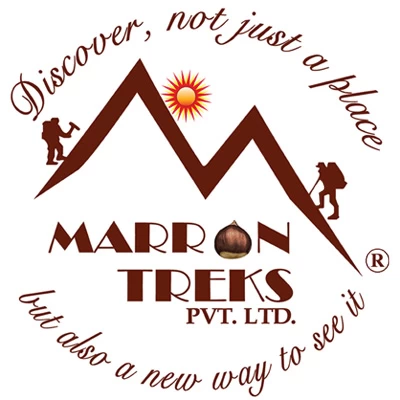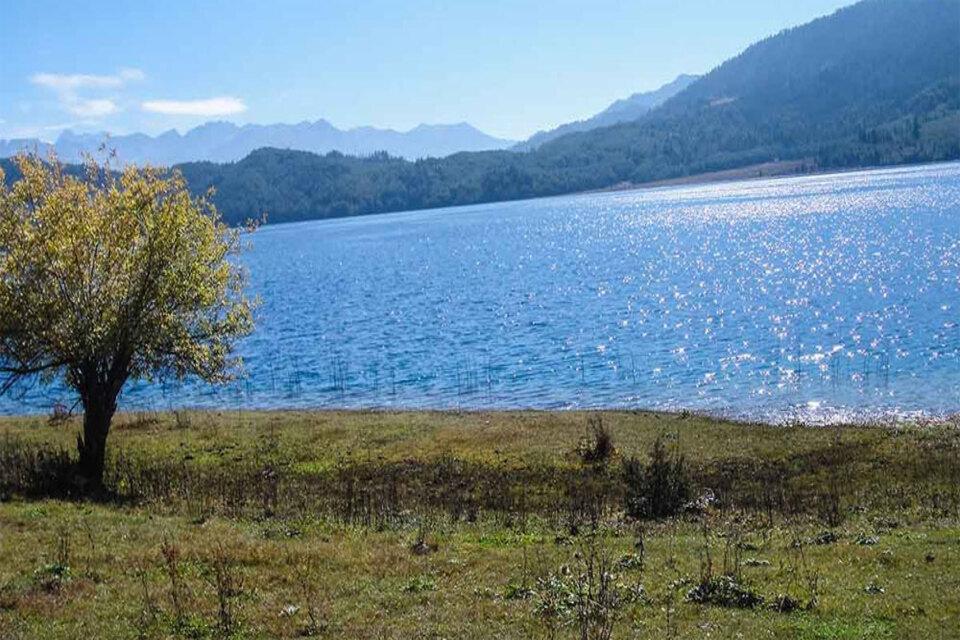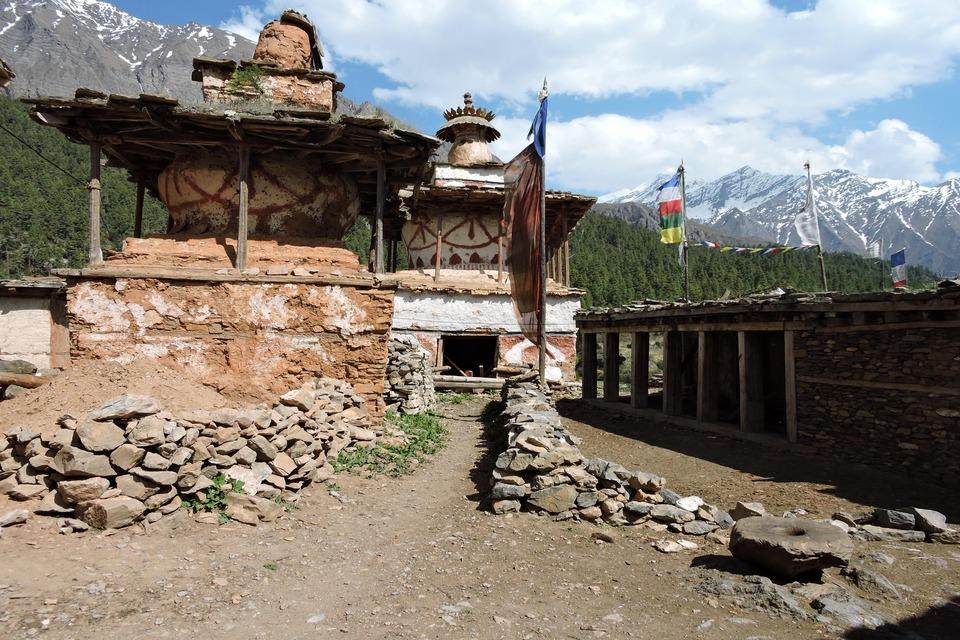Remote Region Trials are in the far western region of Nepal which is yet another off-the-beaten-path treks in Nepal. This region is the least developed location in Nepal giving an authentic trekking adventure in the Himalayas where mostly camping treks are organized since there are no lodges or tea-houses available on the trails.
Trekking to the far-western region requires a good level of physical fitness and planning but the reward is great with exploring the vast unexplored Himalayan terrains. The trek trails pass along remote traditional villages where life has stood still for centuries giving the travelers a unique experience of local culture and traditions.
Phoksundo Lake at 3,600 meters is an alpine freshwater lake with it’s turquoise water which is visited during Upper Dolpo trek. Likewise, other popular far-western treks in Nepal are Lower Dolpo trek, Api Base Camp Trek, Limi Valley Trek, Rara Lake Trek.
Trekking in the remote region of Nepal
Trekking in the remote region of Nepal is an exclusive experience and there exist several trekking routes like Upper Dolpo, Rara Lake, Limi Valley, Api Base Camp. Most the treks are off-the-beaten-paths with rugged landscapes, dazzling lakes, authentic culture and pristine wilderness.
Where is it?
Remote region is far-western Nepal, located in the northwestern part of Nepal sharing it’s border with India and Tibet (China). These regions are remote and less developed, inhabited by diverse ethnic communities. The landscapes are rugged terrain, deep river valleys and remote villages yet to be touched by modernity. The lives of the communities living in these regions haven’t changed much for ages and trekking here will give you insight into the lives of the people living in the high Himalayas for centuries.
How to get there?
Being at the remote locations to get to these regions often requires flying two times to arrive at the trek-start point. For instance, to get to Upper Dolpo trek-start point, you need to fly to Nepalgunj from Kathmandu to at first then from Nepalgunj to a small mountain airstrip of Juphal. Similarly to get to Rara Lake, the first flight is from Kathmandu to Nepalgunj and the second will be from Nepalgunj to Jumla. For Limi Valley, it’s the flight from Kathmandu to Nepalgung and another flight from Nepalgunj to Simikot.
When to go?
As in the other regions of Nepal, the best time to trek in far-western Nepal is the spring (March to May) and autumn (September to November) seasons.
Spring offers stable weather, with clear skies and mild temperatures with the hills and valleys offering blooming flowers, including rhododendrons, making the trekking routes even more beautiful.
Autumn will have clear and dry weather with clear visibility of the spectacular landscapes and snow-capped peaks. It is also the post-monsoon season during when the air is fresh, and the trails are lush and green from the monsoon rains.
Trek Permit
Both restricted permits or normal permits are required for far-western treks. Upper Dolpo is a restricted zone where a special permit of USD 500 per person is required. Trek to Rara Lake requires Permits for Rara National Park and TIMS (Trekkers' Information Management System). Trek to Limi Valley requires USD 90 per person. Besides you will require entry permits to the relative national parks where you will be trekking like Shey-Phoksundo National Park Permit in Upper Dolpo, Rara National Park for Rara lake trek etc.
Altitude Sickness
Trekking to the far-western altitude ranges from 2,000 meters to over 5,000 meters, so there are chances of altitude sickness. Trekking itineraries are carefully planned with enough acclimatization days to avoid the risk of altitude sickness. You will also feel the effect of altitude once you get to higher elevations but these gradually disappear as your body begins to adapt to the higher locations. Not to dehydrate yourself and walking at a slow pace is recommended.
Accommodation
Accommodation in the far-western treks is either at tented camp or lodge. Lodging facilities are basic with simple beds, blankets and restrooms often outside. The facilities become limited as you climb to higher altitudes. At some trails, no lodging facilities are available so the only option is a camping trek with supporting staff throughout the trek.








